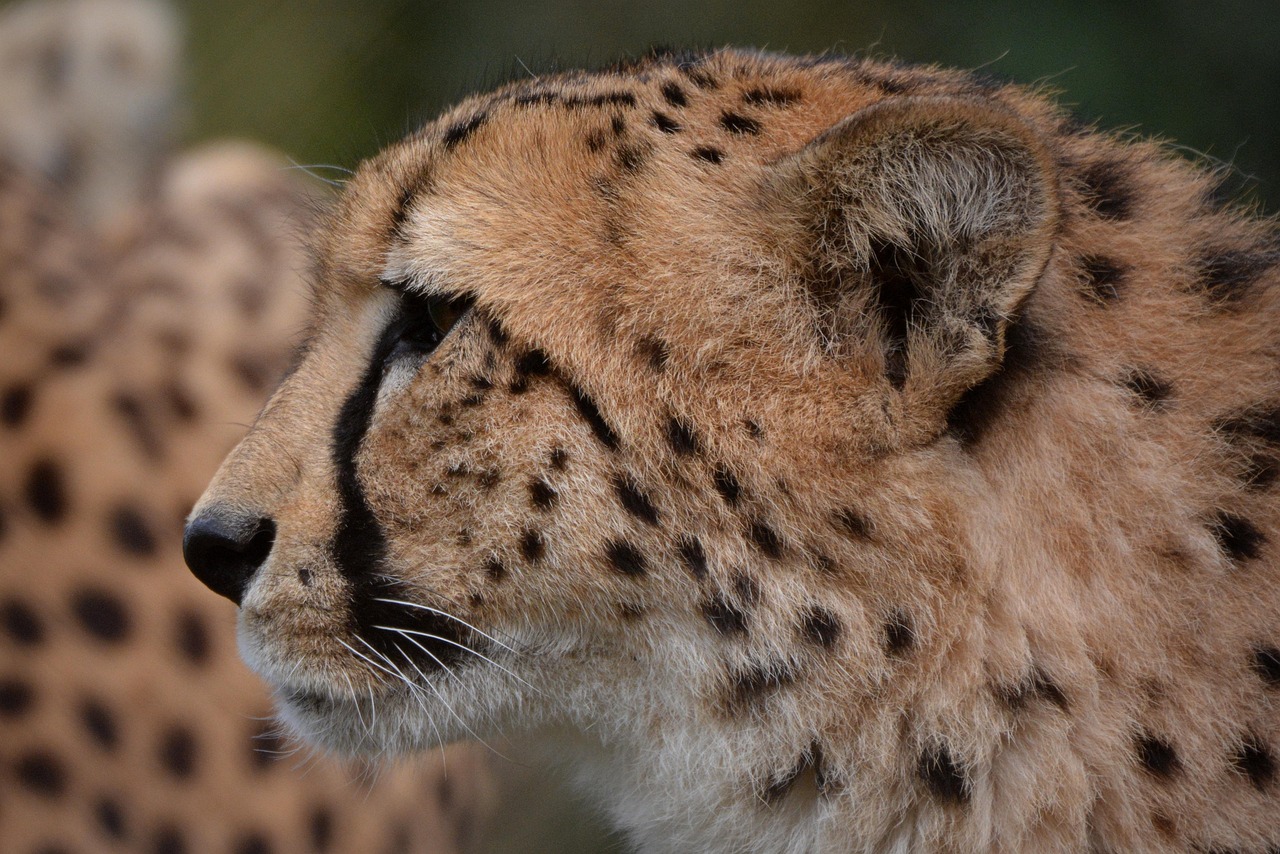The Importance of Jaguars as Apex Predators
Understanding the Role of Jaguars in Ecosystems
Jaguars (Panthera onca) are renowned for their prowess as apex predators in various ecosystems, particularly in the dense rainforests of the Amazon and the dry scrublands of Central and South America. Unlike many other big cats, jaguars are unique in their ability to thrive in diverse habitats ranging from wetlands to grasslands. Their role as apex predators is crucial for maintaining the ecological balance.
Food Chain Dynamics
As apex predators, jaguars occupy the highest trophic level in their food chain. They exert top-down control, influencing the population dynamics of their prey, which includes various species such as deer, capybaras, and peccaries. This predation regulates herbivore populations, preventing overgrazing and the subsequent degradation of plant communities. Healthy plant life is essential in supporting the entire ecosystem, including other wildlife species and human agricultural practices.
Behavioral Adaptations
Jaguars possess unique hunting adaptations that underscore their role in the ecosystem. Their robust bodies and powerful jaws allow them to take down prey much larger than themselves, often larger than a deer. Their distinctive “bite” is capable of piercing the shells of turtles and the armor of armored mammals, a testament to their adaptability in different habitats.
Their nocturnal hunting behavior helps manage prey populations, ensuring that no single species becomes overly dominant. This balance is crucial for sustaining biodiversity in their habitats. Furthermore, the solitary nature of jaguar hunting allows for a broader distribution of predation across the landscape, minimizing localized extinctions of prey species.
Impact on Biodiversity
Jaguars are often considered keystone species in their habitats; their presence has a disproportionate effect on ecological communities. By managing prey populations, they aid in maintaining species diversity. For instance, when jaguar populations are healthy, they control the numbers of medium to large herbivores, which in turn influences the types and abundance of plant species available.
This intricate balance has profound implications for the health of ecosystems. A decline in jaguar numbers can lead to an explosion of prey animals, which may overconsume vegetation, leading to soil erosion and reduced habitat quality for numerous other organisms, ultimately disrupting the entire ecosystem.
Jaguar Conservation Status
Despite their ecological importance, jaguar populations face significant threats, including habitat loss, poaching, and illegal wildlife trade. Deforestation for agriculture and logging has fragmented their habitats, leading to isolated populations that are less genetically diverse. The IUCN Red List classifies jaguars as Near Threatened, with an estimated population decline of approximately 20% over the last decade.
Conservation efforts have increasingly focused on creating wildlife corridors to connect fragmented habitats, allowing for natural migration and genetic diversity. Additionally, protecting large tracts of land helps to secure sustainable populations of not just jaguars but also the myriad of species that coexist within their ecosystems.
Cultural Significance of Jaguars
Jaguars also hold significant cultural importance in many indigenous communities throughout Central and South America. These majestic creatures are often seen as symbols of strength and power, featuring prominently in folklore and religious practices. By fostering a connection between jaguars and local cultures, conservation initiatives gain additional support, promoting ecotourism and community engagement while simultaneously protecting these top predators.
Ecotourism and Economic Implications
The fascination with jaguars presents opportunities for sustainable tourism, with wildlife-viewing experiences becoming a vital source of income for local economies. Ecotourism centered around jaguars encourages the preservation of their habitats while providing locals with incentives to protect these apex predators. Programs that promote responsible tourism help raise awareness about the importance of jaguars, ensuring their role within the ecosystem is acknowledged and sustained.
Challenges and Solutions in Conservation
While the conservation of jaguar habitats is crucial, it is not without challenges. Human-wildlife conflict is a significant challenge, often arising from livestock predation. Sustainable agricultural practices and education are vital in mitigating these conflicts, promoting coexistence rather than competition between humans and jaguars.
Effective policies and comprehensive land management strategies can also enhance habitat protection and restoration efforts. Local governments and NGOs can work collaboratively, engaging communities in conservation efforts to ensure that they benefit economically and socially from preserving the jaguar’s habitat.
The Future of Jaguars as Apex Predators
The future of jaguars as apex predators hinges on global conservation efforts that combine habitat protection, local community involvement, and proactive management strategies. By prioritizing ecological balance and respecting the intricate relationships within ecosystems, it becomes possible to secure a future for jaguars and the vital role they play in our world.
Conclusion on Ecological and Cultural Value
In understanding the role of jaguars, it is clear that they are far more than just a top predator; they embody a complex web of ecological interactions that sustain the health of entire ecosystems. Their cultural significance, combined with their ecological role, highlights the urgency of preserving these magnificent creatures for future generations. The challenges they face require a concerted effort from individuals, organizations, and governments worldwide, illustrating that the importance of jaguars extends beyond their immediate ecological functions and into the broader spectrum of biodiversity and cultural heritage.
By emphasizing the importance of jaguars as apex predators, we not only advocate for their protection but also champion the preservation of the intricate ecological webs that sustain our planet.







